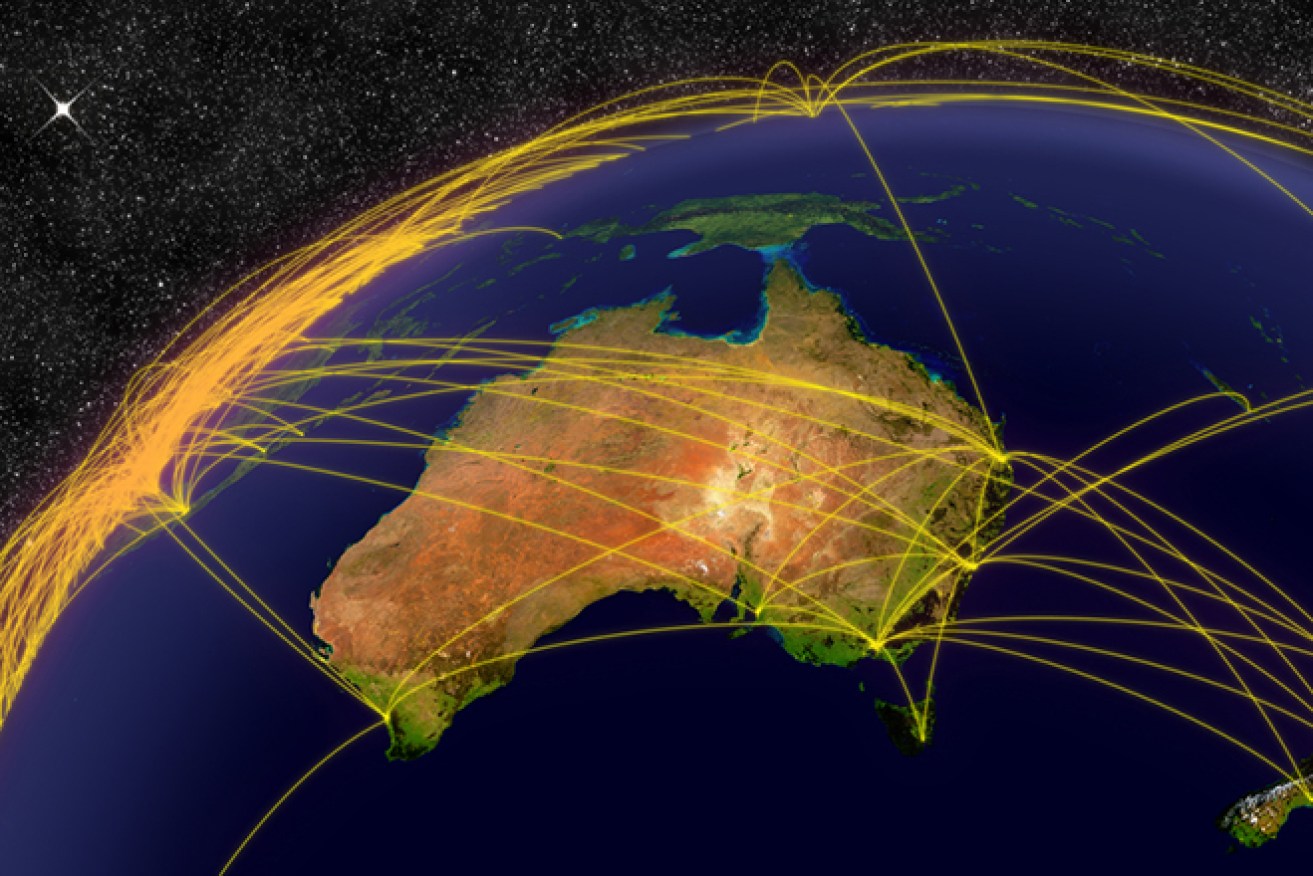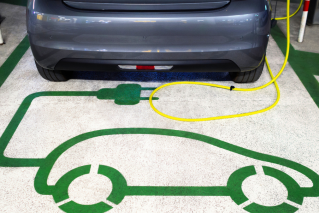Why a high Australian dollar is bad news for you


Shutterstock
On Thursday the Australian dollar broke above 81 US cents for the first time since January.
That may seem like great news – it means cheaper overseas holidays and online shopping, after all.
But in the weird world of international finance, things are rarely what they seem.
• You’ve heard of the cash rate, but what is it really?
• Traders catch the Reserve Bank with its pants down
• How Australia squandered the mining boom
In fact, a strong Australian dollar is the last thing we need, and the longer it remains this high, the more likely it is our economy will go into recession.
Just look at what Reserve Bank governor Glenn Stevens said in his last rate decision statement on May 6:
“Further depreciation [of the dollar] seems both likely and necessary, particularly given the significant declines in key commodity prices.”
It was to this end that he cut the cash rate to two per cent, because cutting the cash rate is supposed to push down the value of the dollar.
But so far, the opposite has occurred. The dollar has leapt by almost three US cents.
Why we need a low dollar
Just four years ago, at the very peak of the mining boom, the Australian dollar was worth US$1.10.
China was consuming iron ore at an unprecedented rate. Australia, being the world’s biggest iron ore exporter with only Brazil for competition, could charge pretty much whatever it wanted.
At its peak, iron ore cost a whopping $180 a tonne (for context, today it’s about $60 a tonne).

It was the mining boom that pushed the dollar up. Now it needs to come down again. Photo: Shutterstock
Meanwhile, investors were pouring in to get a piece of the action, which meant there was much more demand for our dollars. Currency traders could therefore sell Aussie dollars at a premium.
While this was great news for the iron ore industry, and all the industries that fed off it, it was not great news for other industries such as manufacture, tourism, education and non-mining exports.
Take tourism: if you were a Japanese tourist deciding between a holiday in Australia and a holiday in Hawaii, a low US dollar and skyrocketing Aussie dollar makes it a pretty easy choice – Hawaii it is.
Another example is wine. An Australian wine producer may need to charge $10 a bottle to make it worthwhile. When the Aussie dollar is worth 70 US cents, that translates to US$7 a bottle. But at US$1.10, that translates as $11 – a difference of $4.
Given our wine industry has many more international competitors than our iron ore industry, that $4 makes a big difference. If Aussie wine gets too pricey, overseas punters can buy Californian or Chilean or New Zealand wine.
The same can be said for any industry that has a lot of international competition, from dairy to financial services.
Now that the mining boom is over, the other parts of our economy need to pick up the slack. Our jobs, income, social services and lifestyle in general depend upon it.
And for that, we need a cheap Australian dollar.
It all comes down to the US
Despite the Reserve Bank cutting rates twice this year, the dollar has actually bounced from 77 US cents in February to 81 US cents now.
To understand why, Nikko Asset Management’s global rates and currencies strategist Roger Bridges says we need to look at what is happening in the US.

US Federal Reserve chair Janet Yellen needs to lifts interest rates. But will she? Photo: Getty
He says the US economy has weakened recently – bucking the longer-term trend – and this has pushed the US dollar down, and by default the Aussie dollar up.
“The US economy has weakened. We don’t know if it’s because of winter, we do not know if it’s because of the shale oil problems in Texas.”
(The sudden plunge in the price of oil has left the US’s burgeoning shale oil industry suddenly looking less viable.)
“And that’s a major issue because one of the big benefits was capital expenditure in the US. If capital expenditure is down – and we know exports are down – they [the US economy] need private consumption to take off.”
But he says US retail sales figures are not promising.
Four months in limbo
Now that the Reserve Bank of Australia has pretty much done what it can, the Australian economy is at the mercy of the US.
What we need is for the Reserve Bank’s US counterpart, the Federal Reserve, to raise interest rates (they are currently 0 per cent). In theory, that should cause the US dollar to rise, which will push the Australian dollar down.
But will the Fed oblige? Mr Bridges says yes, but with a number of caveats.
“Obviously the US will look to tighten rates, I think that’s a given, and we say in September.
“But how quickly will they tighten? And how will that affect the US dollar? Will it just come off again, or will it go back up to where it was? Will that keep pressure on the US economy?
“These are things that the Federal Reserve doesn’t known, and so they will keep policy ‘data dependent’.”
A recession in Australia is still a fairly remote danger; but until the Fed does something, we may well be consigned to economic limbo.








